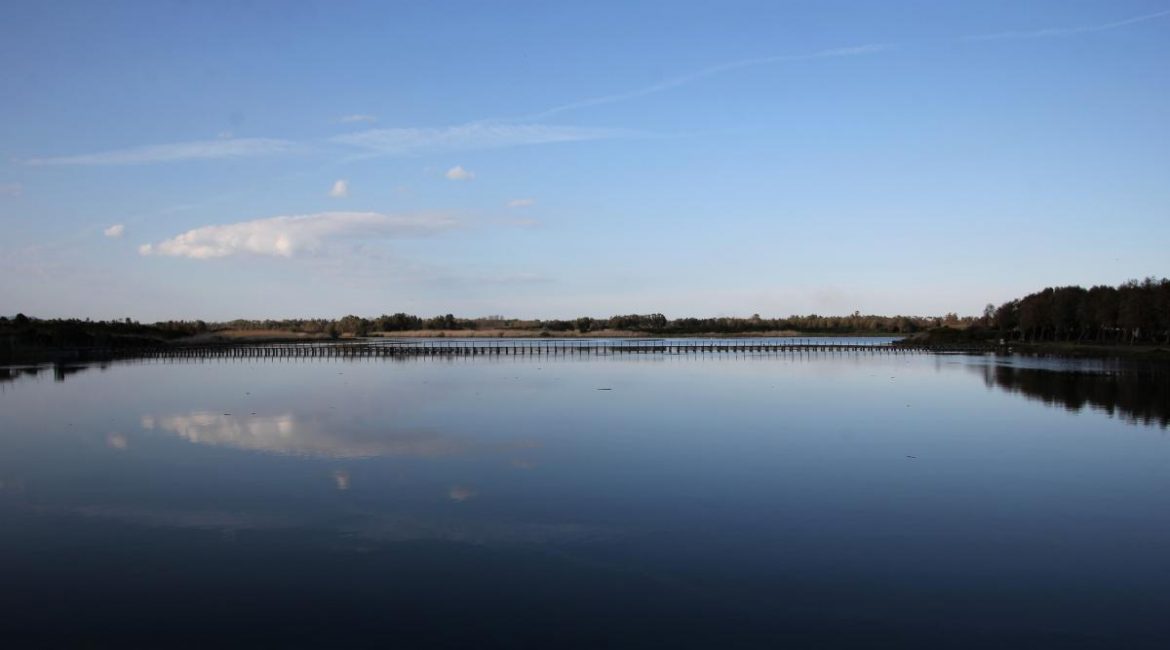Hire one of our mountainbike with your family for a tour in A splendid wildlife protection oasis a short distance from Alghero, in the north-west of Sardinia and part of the enchanting scenario of the Porto Conte park
It is a ‘buffer zone’ between land and sea, with shallow, calm waters and it is shaped like a ‘goblet’ – hence the name. It is also a vital ‘lung’ where native plants grow and numerous varieties of fish and rare aquatic birds live. The Calich lagoon (or pond) is an integral part of the Porto Conte park and is one of the most significant nature sites on the Riviera del Corallo and in the whole of Nurra, a historical territory in the north-west of the island. Its waters, on average just over a metre deep, extend over a surface area of 97 hectares and a length of two and a half kilometres, running parallel to the coast of Alghero, which is an average of 400 metres away. Towards the sea, a strip of sand runs alongside it, with fossil or ‘living’ dunes, like those of the beautiful beach of Maria Pia.
The Calich occupies the area next to the northern outskirts of the Catalan town, a stretch that runs from the tip of the Gall, near the Alghero district of Fertilia, as far as the locality of San Giovanni, a few minutes’ drive from the historic centre. The wetland area communicates with the sea through the large canal of Fertilia, 60 metres wide and two metres deep – the deepest part of the pond -, accommodating the harbour of the small village, the original settlement of which was exactly the Calich village. Where it overlooks the sea, the lagoon is dominated by the ruins of a bridge dating back to the Roman era, later rebuilt in the Middle Ages. Ten of its 24 original arches were demolished in the 1930s during the reclamation of the then malarial territory. The opening to the sea that transformed the pond into a lagoon also dates back to that time. Its current form is the result of other works, such as dredging and building of canals.
The lagoon-pond is divided into two sectors: the true Calich that runs from the western extremity to the mouth of the Barca rivulet, its main tributary, and the Calighet (little Calich), from the mouth of the rivulet to the southeastern extremity: it represents the slender ’stem’ of its goblet shape. Together, they form a salt water wetland in between the ‘areas of botanical interest for the protection of floristic biodiversity’, an ecosystem that includes over 350 plant species divided into 60 families, with multiple endemic species. The vegetation varies according to the salinity of the water: you will see halophyte plants, in particular glasswort, along the banks, while as you move away from the edge of the lagoon, you will see herbaceous plants and perennial shrubs, such as sea rushes. Deeper inside, you will find lemon, helichrysum, spurge, thymelea and centaurea horrida. When the wind blows, you will hear a myriad of rattling plants.
The pond, a bird protection oasis, is home to egrets, grey herons, ospreys and marsh harriers, ducks, black-winged stilts, cormorants, pink flamingos with their regal plumage, little terns and mallards, kingfishers, western swamphens and little grebes, some of which stop here to spend the winter, mate and nest. In short, this is an ideal destination for birdwatching lovers and it also offers shelter and food to numerous fish. Unsurprisingly, it is also a fish-farm, where eels, grey mullet, crabs, flathead mullet, gilthead bream, seabream, sole and sea bass are bred (and fished). As part of the regional protection programme, the footpaths have been modernised and a bivalve mollusc breeding station has been added, handled by the Porto Conte park. In the adjacent protected area, you will discover other natural attractions: the pinewood of s’Arenosu, the forest of Le Prigionette, mounts Doglia and Timidone and the marine area of Capo Caccia, a destination for boat trips, with Punta Giglio, the island of Foraddada, the beach of Mugoni and, above all, Neptune’s grotto. The park is also an open air museum, where the nuraghe Palmavera and the ruins of the Roman villa of Sant’Imbenia stand out. The beach adjacent to the Calich is Maria Pia and the city coastline of Lido di San Giovanni is nearby, while Le Bombarde and the Lazzaretto are two kilometres further north. After so much nature, sea and archaeology, you can relax in the historic centre of Alghero, known as ‘Barceloneta’, because of its Catalan origins (of which there are still traces).


